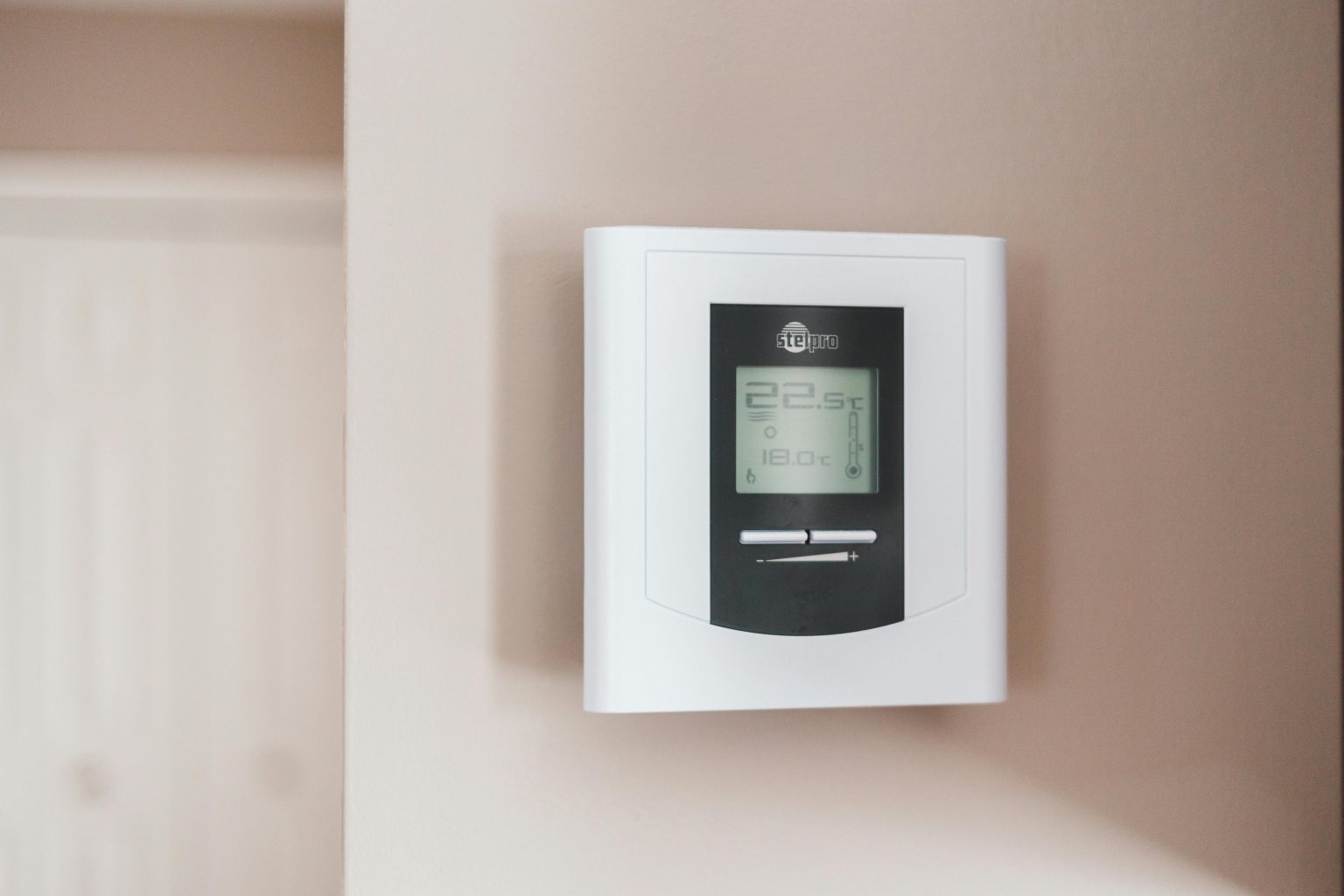The Shift to Smarter Heating
For homeowners striving to balance comfort and cost, heating systems have long presented a challenge. Traditional setups often lead to uneven temperatures and unpredictable energy expenses. That’s where intelligent climate control steps in—not as a luxury but as a strategic choice.
Why Installation Matters More Than You Think
Precision installation lays the groundwork for savings. A smart thermostat installer ensures your device is calibrated correctly, seamlessly integrated with existing HVAC systems, and optimized for peak efficiency. Without this crucial step, many of the benefits promised by smart technology can remain out of reach.
Tailored Schedules, Real-Time Adjustments
One of the most powerful aspects of modern thermostats lies in their ability to craft heating routines that align with your lifestyle. Rather than a rigid, manual setting that blasts heat regardless of occupancy or need, smart systems adapt. If you’re away at work, temperatures can automatically scale down. Just before you return, warmth begins to rise—delivering comfort when it counts without draining your wallet.
Remote Control at Your Fingertips
Whether you’re on a business trip or simply out for the evening, control over your home’s climate is never more than a tap away. Through connected apps, users can tweak settings, switch modes, or even shut the system down entirely. This level of flexibility goes beyond convenience—it’s an active tool for avoiding unnecessary consumption.
Learning Habits, Predicting Needs
Over time, advanced models begin to anticipate behavior. They notice when you typically wake, leave, return, or sleep—and subtly adjust themselves accordingly. Unlike programmable thermostats that follow strict templates, learning thermostats evolve. The result is a home that stays responsive without the need for constant input.
Detecting Inefficiencies and Offering Insights
Some devices offer analytics highlighting usage patterns, inefficiencies, and potential savings opportunities. Maybe you’re unknowingly heating an empty guest room. Or perhaps your system runs more during peak-cost hours. With clear, digestible feedback, you can make informed decisions that drive real change in your monthly bills.
Integration with Broader Ecosystems
Today’s smart thermostats don’t operate in isolation. Many work harmoniously with voice assistants, energy monitors, motion detectors, or even window sensors. When one device notices no movement in the house, it can signal the thermostat to lower the heat. This interplay between technologies creates a home that’s not just connected but intelligent.
Weather-Adaptive Technology
Gone are the days of setting a static temperature and hoping for the best. Smart systems take into account local forecasts, adjusting their output in advance of incoming cold snaps or warm spells. By doing so, they reduce the burden on heating systems and prevent overcorrection—saving energy in the process.
The Psychological Advantage of Visibility
When people can see the real-time impact of their heating choices—how small changes affect consumption—behaviour often shifts. Visual cues, trend lines, and notifications foster mindfulness. Suddenly, turning the heat down a degree isn’t just a vague idea; it becomes a quantifiable action with immediate feedback.
Wrapping Up: Smarter Climate, Lower Bills
Adopting a smart thermostat does more than modernise your living space—it redefines how your home consumes energy. Through precision scheduling, remote operation, responsive learning, and system-wide integration, these devices offer a suite of tools aimed squarely at efficiency. But the magic starts with expert setup. With the right smart thermostat installer, you don’t just gain convenience—you unlock the full spectrum of savings potential.
In a world where every pound counts and energy costs continue to shift, intelligent climate control stands out as one of the most practical upgrades for both comfort and cost-cutting.



